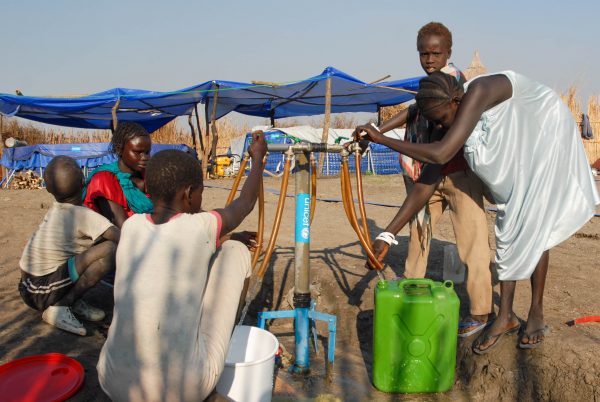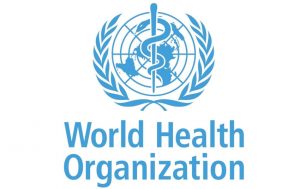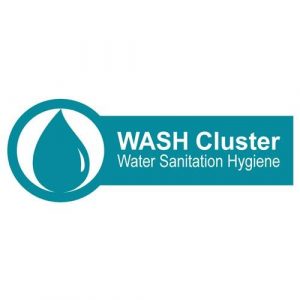Primary Functions
- Monitor progress on WASH delivery
- Track removal of barriers to WASH services
Detailed Description
WASH BAT is a sector analysis and monitoring tool developed in 2011 by UNICEF to extend the health sector “Marginal Budgeting for Bottlenecks (MBB)” approach to the WASH sector. The tool aims to assess the enabling environment of WASH delivery by tracking the removal of barriers to sustainable and efficient services at national, regional, service provider and community levels. The performance of enabling factors is scored and activities for the removal of each bottleneck are identified, sequenced and prioritized. Costs are estimated, funding sources assessed, and additional funds are allocated to the activities ranked highest priority.
The online tool (www.washbat.org) is applied in a collaborative effort (e.g. workshop), involving a range of sector stakeholders and external partners. It provides a rational, evidence-based approach for formulating an investment strategy that meets multiple sector aims of efficiency, equity and sustainability.
Target: Principally line ministries responsible for WASH, as well as Ministries of Finance, external partners and the sub-national level, including service providers.
Objective: To remove barriers at different service levels to sustainable and efficient WASH service delivery, and increase sector resources.
Areas: Environment and equity, supply, demand and quality.
Indicators: Draws on the UNICEF enabling environment framework, which incorporates the 5 sector ‘building blocks’ identified by the Sanitation and Water for All Partnership (http://sanitationandwaterforall.org). Indicators (criteria) are assessed at the selected level of analysis (national, state, provincial, or district), the sector of interest (water, sanitation or hygiene) and rural or urban context. Separate modules allow the analysis to focus on WASH in institutions, such as schools or healthcare settings.
Methodology: Each criteria is scored as being ‘fully met’, ‘good progress’, ‘some progress’ or ‘no progress’ which forms the basis for identifying where are the major bottlenecks in sector functioning. Then the bottleneck causes and remedial activities are identified. Costs of activities estimated, activity funding determined (fully-partially-not funded) and activities prioritized (high-medium-low-not a priority). After implementation of some of the identified activities, a monitoring and evaluation function is offered whereby the extent of implementation of activities is assessed, impact on score, and extent of bottleneck removal – thereby allowing the original analysis to be updated and a new report and plan generated, updated with the changes that have taken place.
Outputs: Overall summary report containing Score Report, Funding Report, Activities Report determining how, when and the means by which these bottlenecks will be removed.
Tool format and language: Online tool, available in English, French, Spanish, and Portugese.
Learn more: www.washbat.org






